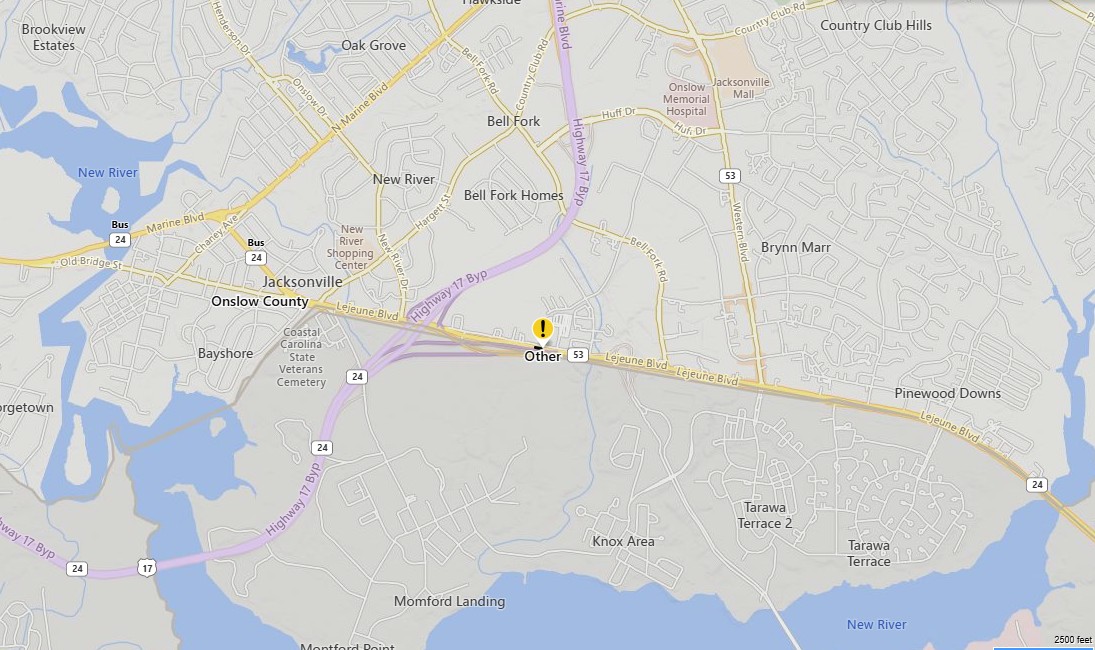
MOREHEAD CITY – The North Carolina Division of Marine Fisheries has released its 2021 Fishery Management Plan Review.
The Fishery Management Plan Review released Wednesday summarizes available information, such as long-term trends in catch, biological data and management through 2021 for North Carolina’s state-managed species.
Supporter Spotlight
It also provides links to information on federally-managed and interstate-managed species important to North Carolina. It is available on the Division website at https://deq.nc.gov/fishery-management-plans.
Highlights of this year’s review for state managed species include the following:
- Estuarine Striped Bass – North Carolina Estuarine Striped Bass Fishery Management Plan Amendment 2, jointly developed with the North Carolina Wildlife Resources Commission, is in the final review stage and scheduled for adoption at the upcoming August Marine Fisheries Commission meeting. Development of a stock assessment update is underway in 2022 to further evaluate status given ongoing low juvenile recruitment. It follows a 2020 peer-reviewed, benchmark stock assessment that indicated the Albemarle-Roanoke estuarine striped bass stock is overfished and overfishing is occurring. No stock status is available for the Central Southern Management Area; however, a population model indicates the stock is depressed to a level where sustainability is unlikely. Adaptive management measures through Amendment 1 implemented stricter harvest restrictions in 2021 to address overfishing in the Albemarle Sound and Roanoke River Management Areas.
- Shrimp – The Shrimp Fishery Management Plan Amendment 2 work continued in 2021 and final approval for the plan was given in February 2022. The plan focuses on further reducing bycatch of nontarget species and minimizing ecosystem impacts.
- Blue Crab – Blue crab landings were below average in both 2020 and 2021, prompting the division to move up a stock assessment update that had been planned for no sooner than 2023. The Blue Crab Fishery Management Plan Amendment 3 was approved in February 2020, and management measures were implemented to address the overfished and overfishing status of the stock based on results from the peer-reviewed 2018 benchmark stock assessment.
- Southern Flounder – In 2021, while Amendment 3 was being finalized, commercial and recreational seasons implemented through Southern Flounder Fishery Management Plan Amendment 2 continued but did not fully meet the reduction goal for the plan. Southern Flounder Fishery Management Plan Amendment 3, passed in May of this year, provides more comprehensive and robust management strategies. These changes, implemented for 2022, include quotas and accountability measures to maintain a 72% harvest reduction across the fisheries.
- Striped Mullet – Work on this species in 2021 included the recently completed 2022 Stock Assessment of Striped Mullet in North Carolina. Results of the peer-reviewed report indicate the stock is overfished and overfishing is occurring through the terminal year of 2019. A formal review of the plan is currently underway and will address the overfished and overfishing status for this stock.
- Sheepshead – A stock assessment for sheepshead is underway by North Carolina State University. Due to independent sampling trends in 2022 and shifts in recreational fishing behavior because of regulations for other fisheries, sheepshead management may need review. Currently, North Carolina does not have a fishery management plan for sheepshead, but the state has previously implemented regulations to manage the fishery.






